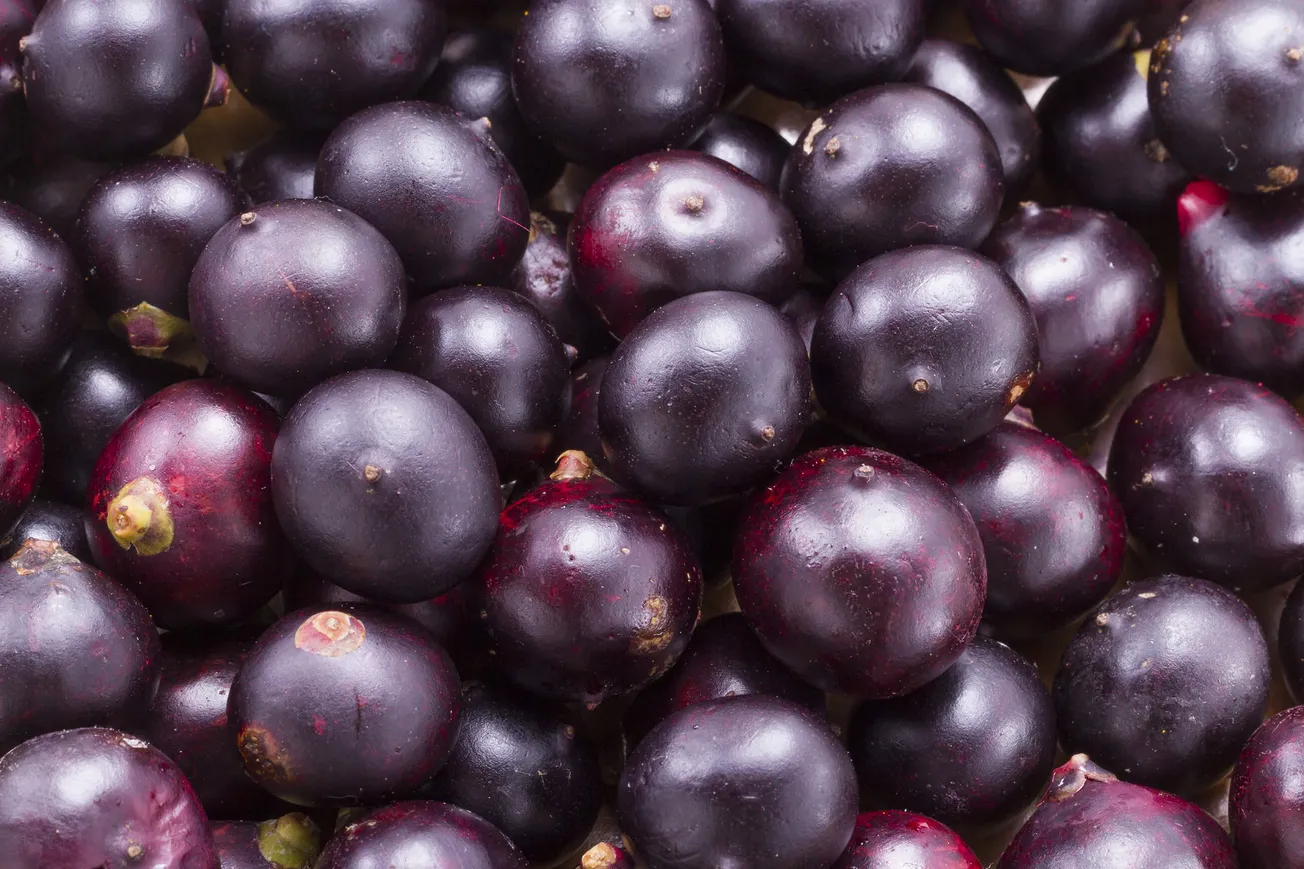Table of Contents
Kiwifruit: The Emerald Jewel of the Orchard – A Comprehensive Guide
Kiwifruit (Actinidia deliciosa and Actinidia chinensis), with its vibrant green or golden flesh and tangy-sweet flavor, is a nutritional powerhouse and culinary delight. This article explores its global varieties, cultivation practices, health benefits, and economic significance.
1. Global Varieties of Kiwifruit
Kiwifruit comes in several cultivars, each with unique traits:
- Hayward (Green Kiwi): Fuzzy brown skin, emerald green flesh, tangy-sweet (most common globally).
- Zespri SunGold (Golden Kiwi): Smooth bronze skin, yellow flesh, tropical sweetness (New Zealand).
- Baby Kiwi (Actinidia arguta): Grape-sized, smooth skin, sweet-tart flavor (hardy in cooler climates).
- Red Kiwi (Actinidia melanandra): Rare, red-tinged flesh with berry undertones (experimental varieties).
2. Taste & Culinary Uses
- Flavor Profile: Green kiwis are tart with a refreshing zing; golden kiwis are sweeter, reminiscent of mango and citrus.
- Usage:
- Fresh: Sliced in fruit salads, yogurt, or sushi (as a garnish).
- Desserts: Pavlova, sorbet, tarts, or atop cheesecake.
- Savory: Tenderizes meats (thanks to actinidin enzyme); use in marinades or ceviche.
- Preserves: Jams, chutneys, and candied kiwi slices.
3. Nutrition & Health Benefits
- Nutritional Value (per 100g):
- Calories: 61 | Fiber: 3g (12% DV) | Vitamin C: 155% DV | Vitamin K: 38% DV | Potassium: 7% DV
- Glycemic Index (GI): 50 (low), suitable for blood sugar management.
- Health Benefits:
- Immune Support: One kiwi meets daily vitamin C needs.
- Digestive Aid: Fiber and actinidin enzyme improve gut health.
- Heart Health: Potassium and antioxidants reduce hypertension and oxidative stress.
4. Cultivation & Climate Requirements
- Ideal Conditions:
- Climate: Temperate (15–24°C); frost-sensitive but hardy varieties tolerate cooler zones.
- Soil: Well-drained, slightly acidic (pH 5.0–6.5).
- Pollination: Dioecious plants require male pollinators (1 male per 5–8 female vines). Bees are essential.
- Challenges: Vulnerable to frost, wind damage, and pests like kiwi vine weevils.
5. Pests & Diseases
- Common Pests: Scale insects, mites, and root-knot nematodes.
- Diseases: Bacterial canker (Pseudomonas syringae), root rot, and botrytis.
- Solutions: Resistant rootstocks, organic fungicides, and integrated pest management (IPM).
6. By-Products & Processing
- Juices/Smoothies: Blended with spinach or pineapple for a nutrient boost.
- Dried Kiwi: Chewy, sweet snacks; often sulfur-treated to retain color.
- Kiwifruit Powder: Freeze-dried for supplements or baking.
- Cosmetics: Kiwi seed oil in moisturizers for its omega-3 fatty acids.
7. Storage & Preservation
- Fresh:
- Store unripe kiwis at room temperature; refrigerate ripe ones (up to 4 weeks).
- Freezing:
- Peel, slice, and freeze on trays (use in smoothies; texture softens).
- Drying: Dehydrate at 60°C for 12–18 hours.
8. Culinary Uses & Quick Recipes
- Kiwi Salsa:
- Dice kiwi, tomato, onion, and cilantro; toss with lime juice and chili.
- Kiwi Lime Sorbet:
- Blend 6 peeled kiwis, ½ cup sugar, and lime juice; churn in an ice cream maker.
9. Major Producers, Exporters & Importers
- Top Producers (2023):
- China (2.2M tons; 50% of global supply).
- New Zealand (600,000 tons; Zespri dominates exports).
- Italy (500,000 tons; leading EU producer).
- Chile (200,000 tons; counter-season exporter).
- Leading Exporters: New Zealand, Italy, Chile, Greece.
- Key Importers: EU, USA, Japan, China.
10. Return on Investment (ROI)
- Costs:
- Initial Setup: $20,000–$30,000/hectare (trellises, irrigation, plants).
- Maintenance: Pruning, pollination, pest control ($5,000–$10,000/hectare annually).
- Yield: 25–40 tons/hectare (mature vines).
- Profitability: Export-grade kiwis fetch $2–$5/kg; organic and golden varieties earn 20–50% premiums.
11. Challenges & Innovations
- Sustainability: Netting to protect from birds, drip irrigation, and solar-powered cold storage.
- Market Trends: Rising demand for seedless and mini kiwis in urban markets.
Conclusion
Kiwifruit, a symbol of vitality and innovation, bridges ancient Chinese orchards and modern global cuisine. From New Zealand’s Zespri empire to Italy’s fertile plains, its cultivation thrives under meticulous care. Whether enjoyed fresh, blended into a smoothie, or starring in a gourmet dessert, kiwifruit offers a burst of flavor and nutrition.
Pro Tip: Add kiwi to fruit salads last—its enzymes can soften other fruits!
Savor the zesty allure of kiwifruit – a tiny fruit with global impact. 🥝









